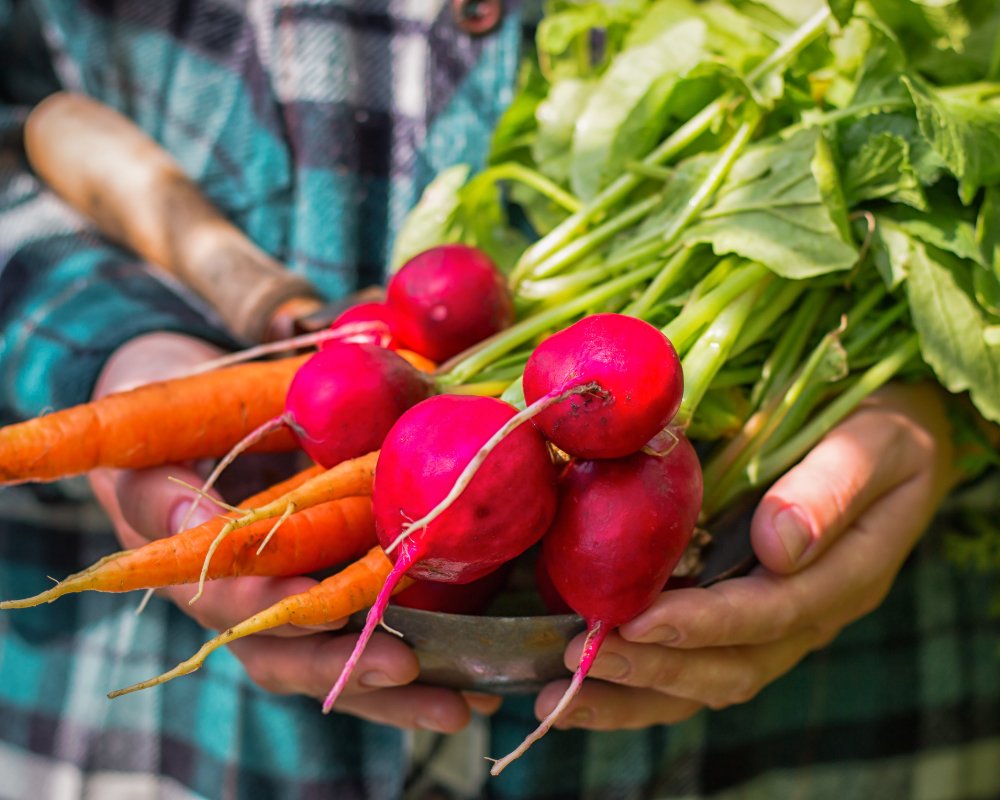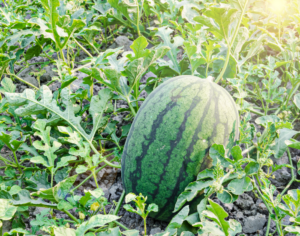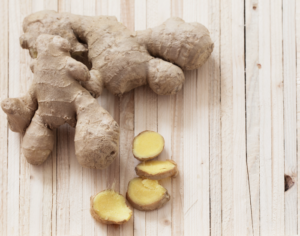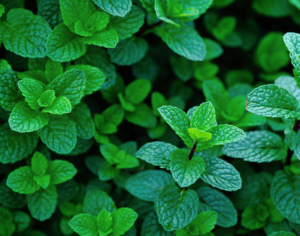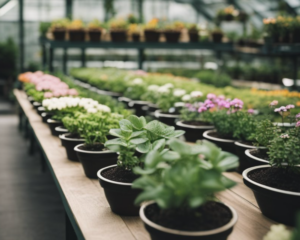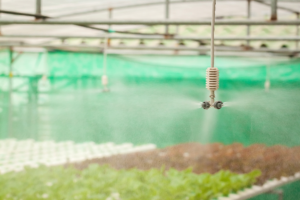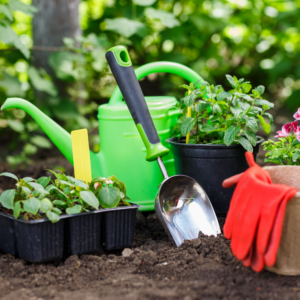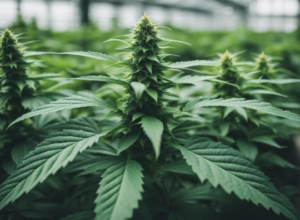So you’ve decided to start greenhouse gardening, exciting right? When you first think about setting up a greenhouse, you might imagine thriving plants and a garden that produces all year round. And rightfully so, as a greenhouse does create an ideal environment for many types of plants. However, it’s not a one-size-fits-all solution for every plant species out there.
Some plants might grow too vigorously in such a welcoming space, taking over areas meant for smaller, less aggressive plants. Others could attract pests or diseases that spread quickly in a greenhouse’s close quarters. And some plants may not adapt well to greenhouse conditions, struggling despite your best efforts.
The key is knowing which plants will complement rather than complicate your greenhouse ecosystem. Knowing this helps keep your greenhouse productive and in harmony.
What Not To Grow In a Greenhouse
In a greenhouse environment, certain plants can prove to be more trouble than they’re worth. Some species may outgrow the space or demand care that disrupts the harmony of the greenhouse ecosystem. In the next sections we’ll cover theses types of plants.
1. Tall or Vining Varieties
Vining plants, such as watermelon and certain types of melons, can become cumbersome. Their sprawl takes up significant space, and the height at which they grow can create shading issues for other plants. To further complicate things, you might also need support structures to accommodate their growth patterns.
2. High-Maintenance Fruit Trees
Citrus trees, including lemon, can become a challenge in greenhouses due to their size and pollination needs. They not only take up considerable space but also require specific pollinators or manual pollination to bear fruit.
3. Large Root Vegetables
Crops like turnips, ginger, and leek are not ideal for greenhouse cultivation. They need deep soil to expand, and their extensive root systems can hinder the growth of neighboring plants. Furthermore, harvesting them can disrupt the root systems of nearby species.
4. Plants Requiring Special Soil Amendments
Certain plants demand specific soil conditions which can complicate greenhouse management. For example: blueberries require acidic soil, and persistent amendment can be hard to maintain when growing a diversity of plants.
5. Species Prone to Overwintering Pests
Greenhouses can harbor pests and diseases that especially afflict some species during overwintering. Infestations of aphids, whiteflies, or spider mites are not uncommon and can be harder to control in the consistent climate of a greenhouse.
6. Highly Invasive or Spreading Plants
In a greenhouse, controlling the spread of invasive plants is crucial. Here are common invasive plants to avoid:
- Mint: This herb can quickly take over space, as it spreads through its vigorously growing root system.
- Bamboo: Known for its aggressive growth, bamboo can damage the structure of your greenhouse.
7. Crops That Prefer Direct Outdoor Sowing
Some plants grow best when sown directly where they’ll live their entire lives, as transplanting can disrupt their growth. Here are a few examples of these plants:
- Carrots: Sensitive to transplanting, they thrive when seeded directly into the garden soil.
- Beans: Best sown outdoors, beans can suffer when started in pots and then moved.
8. Plants That Require Pollinators
Certain crops depend on pollinators for fruit production, which are less frequent in a greenhouse setting. A few plants to consider removing:
- Cucumbers: While some varieties are self-pollinating, most require bees for fruit set.
- Squash: These plants need pollinators for their flowers to turn into fruit.
9. Cool Season Crops & Greens
Several cool-season crops and greens prefer the natural elements and may not require the controlled environment of a greenhouse.
- Kale and Swiss Chard: Hardy leafy greens like kale and chard benefit from colder temperatures and are less prone to pests when outside.
- Lettuce and Spinach: These greens can become too soft when grown in the warmth of a greenhouse.
Frequently Asked Questions (FAQs)
Why are some plants not well-suited for greenhouse growing?
- Corn, for example, does not grow well in a greenhouse because it relies on wind for pollination, which is lacking in a typical greenhouse environment.
- As we’ve learned, aggressive vining plants can quickly become unmanageable and overtake a greenhouse, competing with other plants for resources.
What are some common mistakes made when growing the wrong plants in a greenhouse?
- Neglecting to control the temperature in the greenhouse can lead to issues for many plants.
- Forgetting to provide adequate shade for plants that require it can cause them to struggle or even die in the greenhouse environment. Not controlling humidity levels in the greenhouse can lead to disease problems for many plants.
How can I determine if a plant is a good candidate for my greenhouse?
- Consider the plant’s natural growing conditions and whether they match the environment you can provide in your greenhouse.
- Research the specific needs and preferences of any plant you’re considering growing in your greenhouse to ensure it will thrive.
What vegetables should be avoided in a greenhouse? Vegetables that require a lot of space and produce large vines or tall plants, such as pumpkins, squash, and corn, are generally not well-suited for greenhouse cultivation due to the limited space.
2. Are there any fruits that don’t do well in greenhouses? Yes, tree fruits like apples, oranges, and peaches typically don’t thrive in greenhouse conditions. They require a period of winter dormancy and chill hours that can’t be replicated well in a greenhouse.
3. Can I grow root vegetables like carrots and beets in my greenhouse? Root crops like carrots, beets, and radishes are generally not recommended for greenhouse production. They require a loose, deep soil that allows the roots to expand, which is difficult to achieve in the confined raised beds or containers typically used in greenhouses.
4. What about growing corn or other tall plants?Corn and other extremely tall plants like sunflowers are not ideal greenhouse crops. They can quickly outgrow the limited headspace, blocking light and air circulation for other plants. Their large root systems can also deplete soil nutrients rapidly.
5. Are there any common flowers I shouldn’t try growing in a greenhouse? Most annual and perennial flowers can be grown successfully in a greenhouse environment. However, you’ll want to avoid planting any weedy, aggressive spreading flowers like petunias or portulaca that can quickly become invasive in the enclosed space
Conclusion
When managing a greenhouse, you should be selective about the plants they nurture within its walls. The importance of understanding each plant’s requirements and how they might clash with a greenhouse environment cannot be overstated.
- Temperature Sensitivity: Some plants cannot withstand the consistent warmth of a greenhouse.
- Size and Growth: Plants that grow too large can overshadow smaller species and overwhelm the space.
- Pest Attraction: Particular species may attract pests that could harm other greenhouse plants.
- Humidity Needs: Greenhouse humidity levels may not suit all plant types, leading to poor growth or disease.
Beginners in greenhouse gardening often learn through trial and error. However, by avoiding certain plants, they can save time and resources while gaining confidence in their gardening abilities.Gardeners should always research thoroughly before adding new plants to their collection.
Ultimately, the health of a greenhouse garden hinges on careful plant selection and understanding individual species’ needs. This ensures not only the well-being of the plants but also a rewarding and productive experience for the gardener.
Frequently Asked Questions (FAQs)
1. What vegetables should be avoided in a greenhouse? Vegetables that require a lot of space and produce large vines or tall plants, such as pumpkins, squash, and corn, are generally not well-suited for greenhouse cultivation due to the limited space.
2. Are there any fruits that don’t do well in greenhouses? Yes, tree fruits like apples, oranges, and peaches typically don’t thrive in greenhouse conditions. They require a period of winter dormancy and chill hours that can’t be replicated well in a greenhouse.
3. Can I grow root vegetables like carrots and beets in my greenhouse? Root crops like carrots, beets, and radishes are generally not recommended for greenhouse production. They require a loose, deep soil that allows the roots to expand, which is difficult to achieve in the confined raised beds or containers typically used in greenhouses.
4. What about growing corn or other tall plants? Corn and other extremely tall plants like sunflowers are not ideal greenhouse crops. They can quickly outgrow the limited headspace, blocking light and air circulation for other plants. Their large root systems can also deplete soil nutrients rapidly.
5. Are there any common flowers I shouldn’t try growing in a greenhouse? Most annual and perennial flowers can be grown successfully in a greenhouse environment. However, you’ll want to avoid planting any weedy, aggressive spreading flowers like petunias or portulaca that can quickly become invasive in the enclosed space

